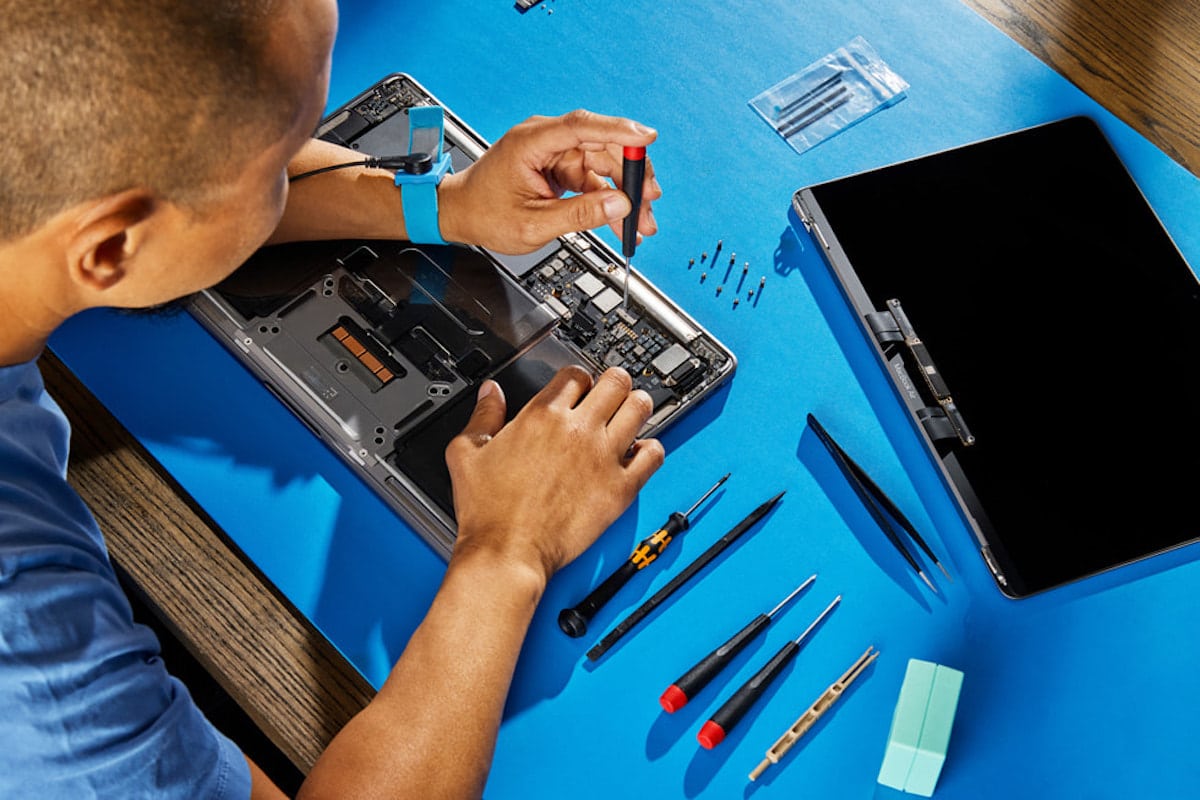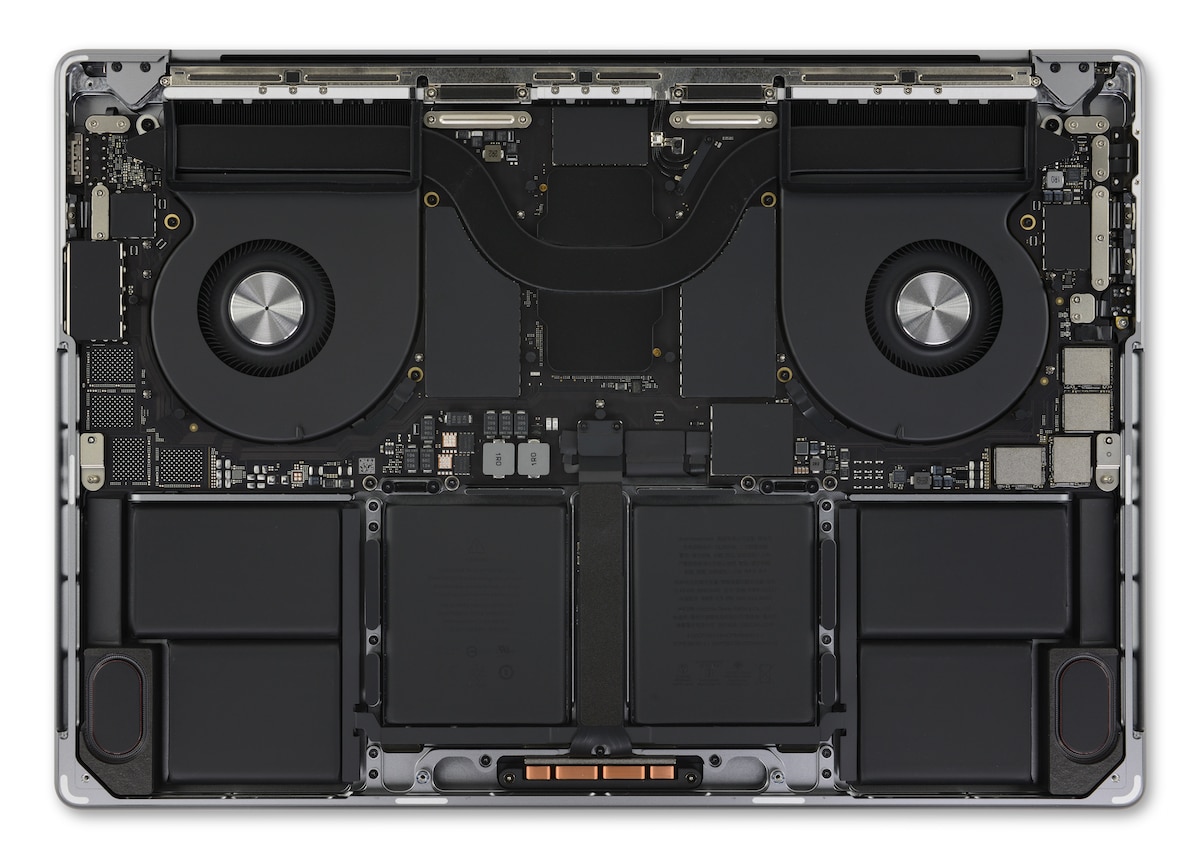Recently, Apple launched the Self Service Repair for MacBooks with M1 chips so that DIY enthusiasts can order genuine parts and tools from the tech giant to replace faulty parts. Ostentatiously, the Self Service Repair program appears to be a win for the Right To Repair movement for consumers to get cheaper repairs. But Apple has placed certain conditions which are not consumer friendly.

Self Service Repair for MacBooks makes battery replacement more expensive and upgrades impossible
Users are directed to read the repair manual and then order the required parts and tools from Apple Self Service Repair Store. However, each part is tied to the serial number of the notebook under repair program coverage.
For example, consumers have to enter the product and its serial number to see the list of parts available for that device. This means high-end Logic boards can not be ordered for DYI upgrade. Ben Lovejoy from 9to5Mac laments the restriction.
The possibility of upgrading individual components disappeared when Apple started soldering everything to the main board. However, with the company officially supporting at-home repairs, it initially appeared that we’d at least be able to upgrade a machine by replacing the entire board.
But no….everything is tied to the serial number of your machine.
For some MacBooks, after inputting the serial number, the search tool requires you to select the GPU, RAM, and SSD that your device is configured with. That comes with the warning that “Your selection must match the original configuration of your device, or you may encounter issues that prevent the completion of the repair.”

Lovejoy argues that a cheap DIY upgrade would not only let users customize a low-spec machine, but it will also save money for consumers who opted for base models but later realized that they need more SSD capacity or memory.
Secondly, repair expert iFixit states that the new Self Service Repair for MacBooks has made M1 MacBook models “less repairable”.
As the battery of every device is subjected to inevitable degeneration, Apple requires users to replace the “Top Case with Battery and Keyboard” to replace the battery which will up to $500, “that’s about 30-50% of the cost of a brand new MacBook” or simply pay $199 to Apple for battery replacement.
This time, along with the manuals, Apple is presenting DIY repairers with a excruciating gauntlet of hurdles: read 162 pages of documentation without getting intimidated and decide to do the repair anyway, pay an exorbitant amount of money for an overkill replacement part, decide whether you want to drop another 50 bucks on the tools they recommend, and do the repair yourself within 14 days, including completing the System Configuration to pair your part with your device. Which makes us wonder, does Apple even want better repairability?
Read More: